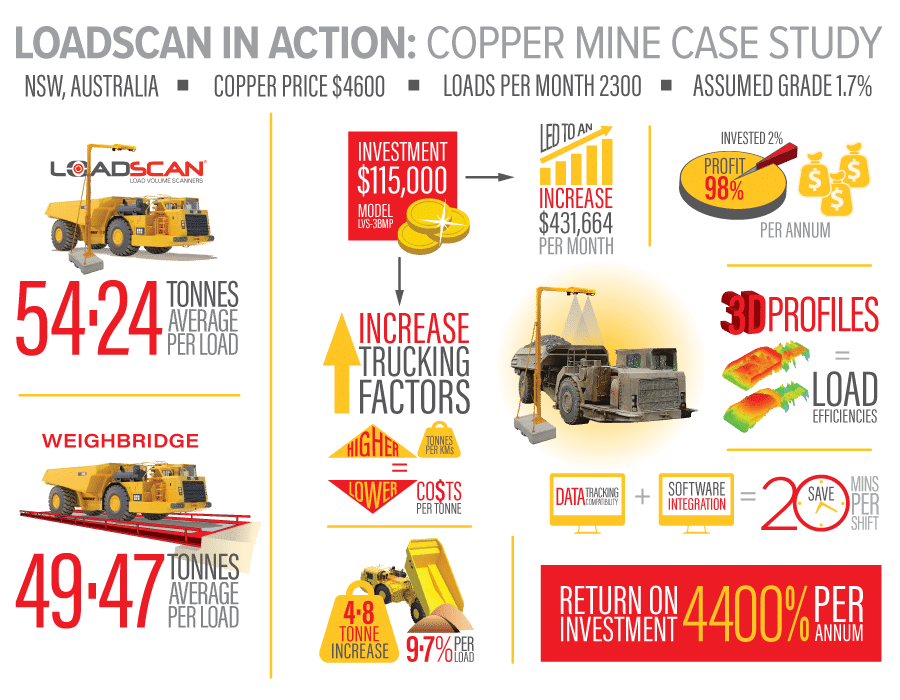
Do you measure your truck payloads by weight or volume?
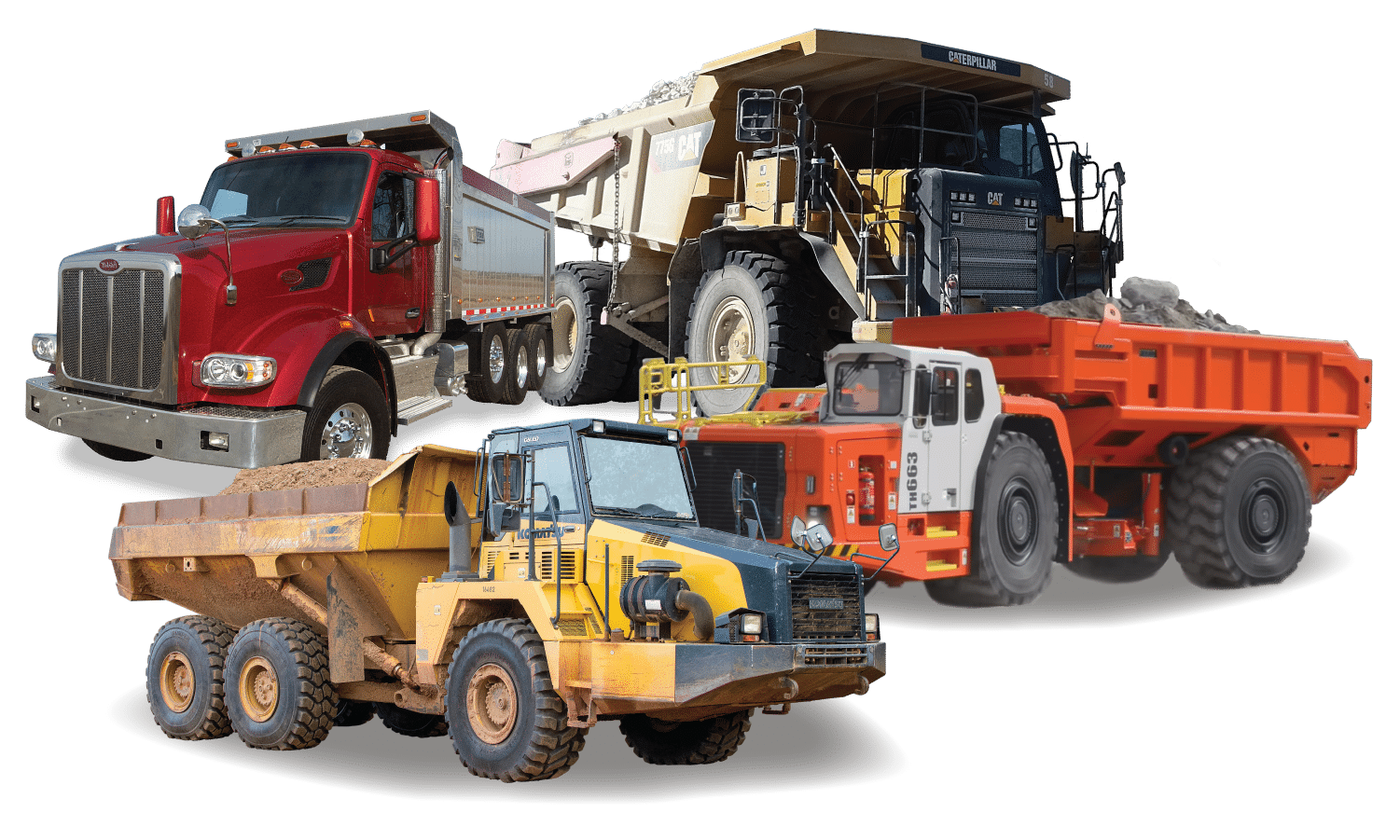
Does it really matter which method you use? We think it does.

Do you measure your truck payloads by weight or volume?
Does it really matter which method you use? We think it does.

Weight has traditionally been the go-to method for measuring truck loads in the mining and civil construction industries, but this method has limitations and shortcomings…
- Moisture can influence the composition of load materials, and consequently its weight.
- Density of material varies depending on which part of the stockpile it’s loaded from and how the bucked is loaded, making weight measurement questionable.
- Conversion factors are typically computed under carefully controlled conditions and don’t necessarily reflect actual weight-to-volume ratios of materials, making them inherently inaccurate.
- Operators don’t consistently load each bucket to the same level.
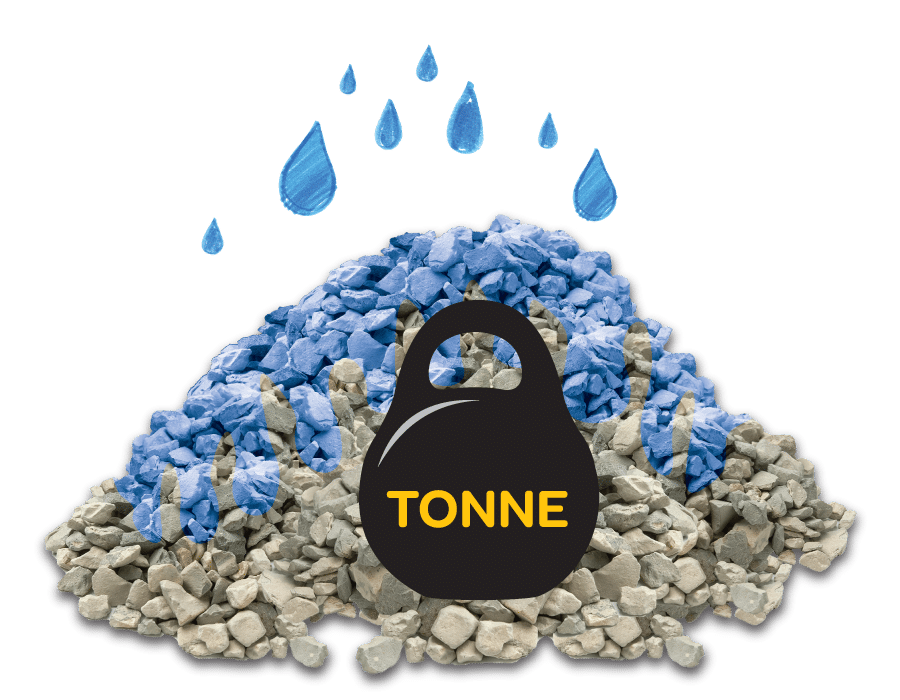
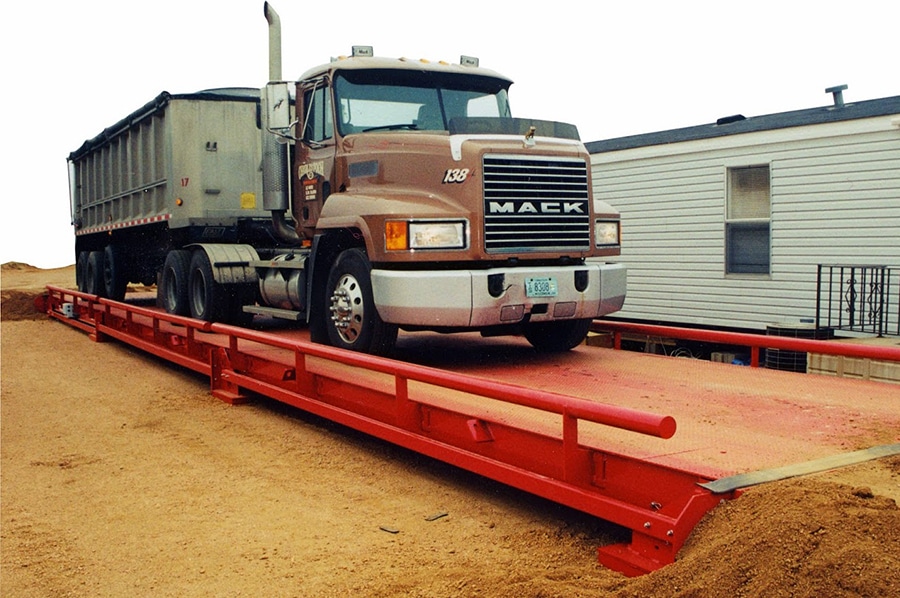
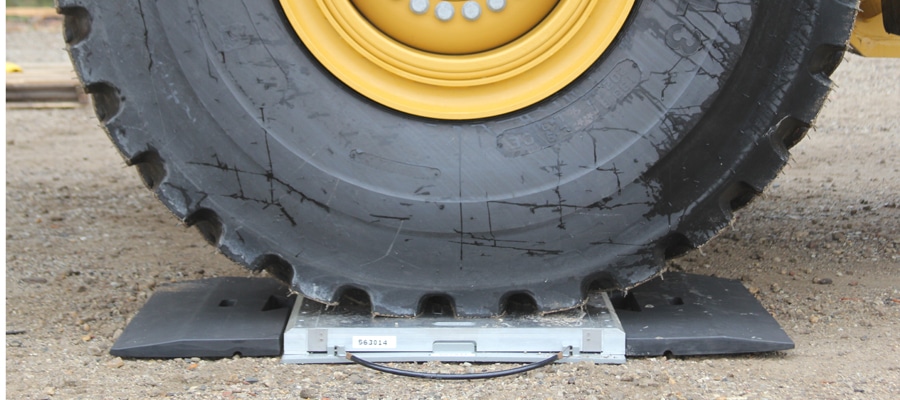
Why common weighing systems are not the complete measurement solution…
- Weighing systems don’t account for bulk density changes, nor do they enable density changes to be accurately tracked.
- They usually require frequent (and costly) maintenance and calibration.
- With static weighbridges (particularly in mining), large trucks must stop and settle to register an accurate weight. As a result, 1 to 2 loads per shift per truck could be lost, resulting in a higher cost per tonne hauled.
- Dynamic weighing systems are susceptible to heavy trucks moving the scale’s foundations, causing inaccurate measurements (scale motion can reduce accuracy by 3-5% or worse).
- Onboard weighing systems (which are very sensitive to calibration issues) require a system on every truck, dramatically increasing costs.
Volume scanning substantially enhances the accuracy of payload measurement…
- Volume scanning is complementary to measuring weight with scales. By combining weight AND volume, measuring material bulk densities and payloads is more accurate.
- Converting from volume back to weight using bulk density factors has proven more accurate than using onboard or dynamic weighing systems.
- Automatically generated 3D images provide accurate evidence when accounting for carry back.
- Scan data and 3D images can be used to coach and retrain load operators, improving loading practices and increasing productivity.
- We measure ACTUAL load volumes in a truck or trailer bin, regardless of theoretical capacity.
- Eliminates arguments over tonnes delivered by the haulage contractor or haulage department to the mill.
- It’s fast and fully automated, allowing EVERY load to be measured for consistent accuracy.
- Civil construction projects are tendered in volume so it makes sense to measure in volume, not weight.
All up, it makes good business sense to consider complimenting your weight scale systems with load volume scanning.
An example of CAT 777 to shift
1,000,000 tonne material
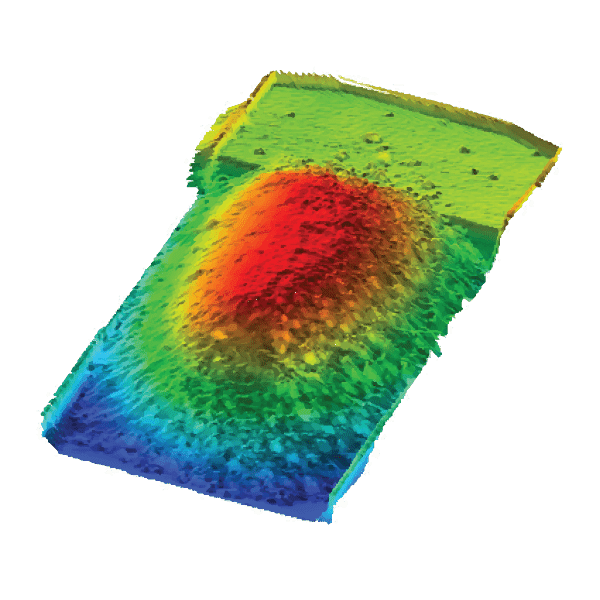
Loaded to capacity
100T payload = 55.1m³
= 10,000 truck loads
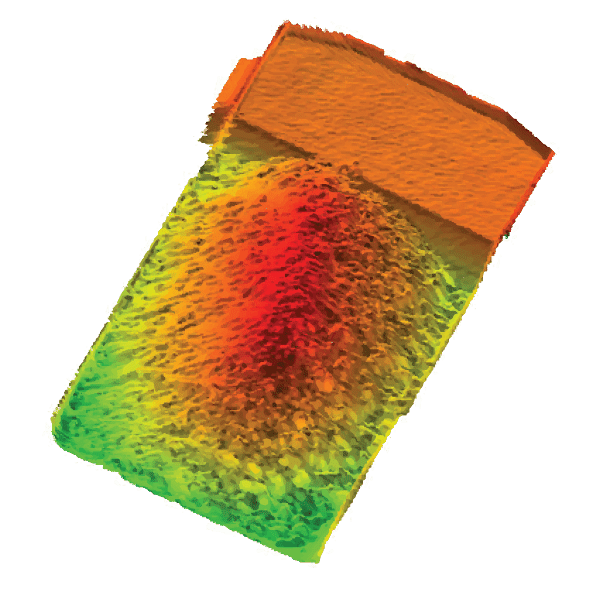
Slightly under-loaded
93.8T payload = 52.1m³
= 10,660 truck loads
Underloading requires additional truck movements, reducing profitability.
3D scan images clearly indicate underloading, enabling corrective action to be taken to maximise every load. (Calculations based on density factor of 1.8)
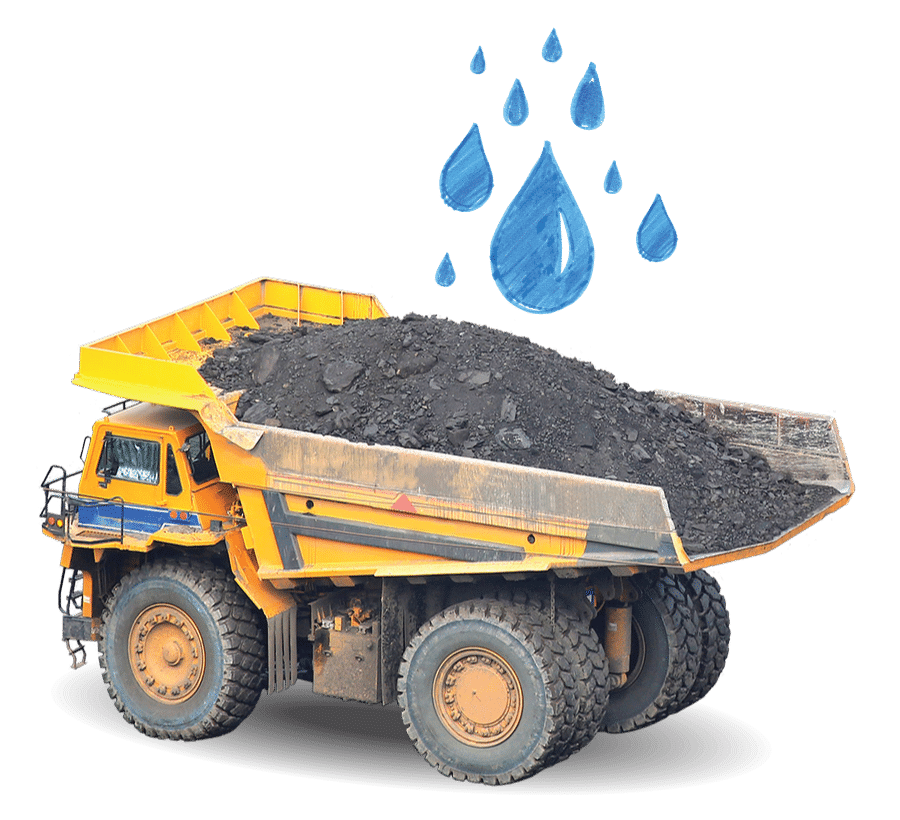
Moisture can influence load weight substantially, making weight-based measurement inaccurate.
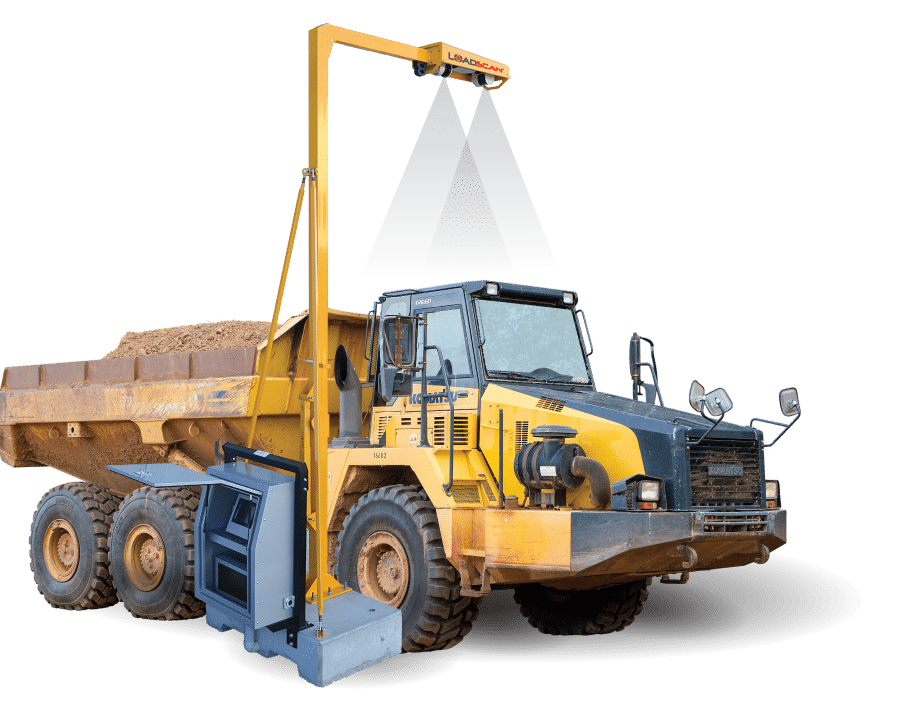
“We were so impressed with Loadscan’s LVS that we bought another one within three months and a third one a year later.”
— Murray Francis, Managing Director, Road Metals
Our business is about improving the profitability of our global customers.
Over 20 years ago we invented and patented the original load volume scanner, and since then we’ve been the market leader in providing certified accurate and reliable load information. In fact, we are the only volumetric scanning manufacturer with internationally recognised Weights and Measurement Certifications*. It ensures that when we measure your load you can be confident it’s absolutely accurate to +/-1%. It’s your guarantee of peace of mind.
Our advanced volume scanning and measurement systems provide the detailed insights necessary for you to optimize your production loading and throughput. Loadscan technology is enabling substantially improved operational and financial performance for forward-thinking companies across the world. In fact we’ve sold our systems globally into over 20 countries, and that’s growing fast!
If you have loads to be measured, no matter where you are, you can rely on Loadscan. Because no-one does it more accurately than us. You might say we’re obsessed with accuracy!
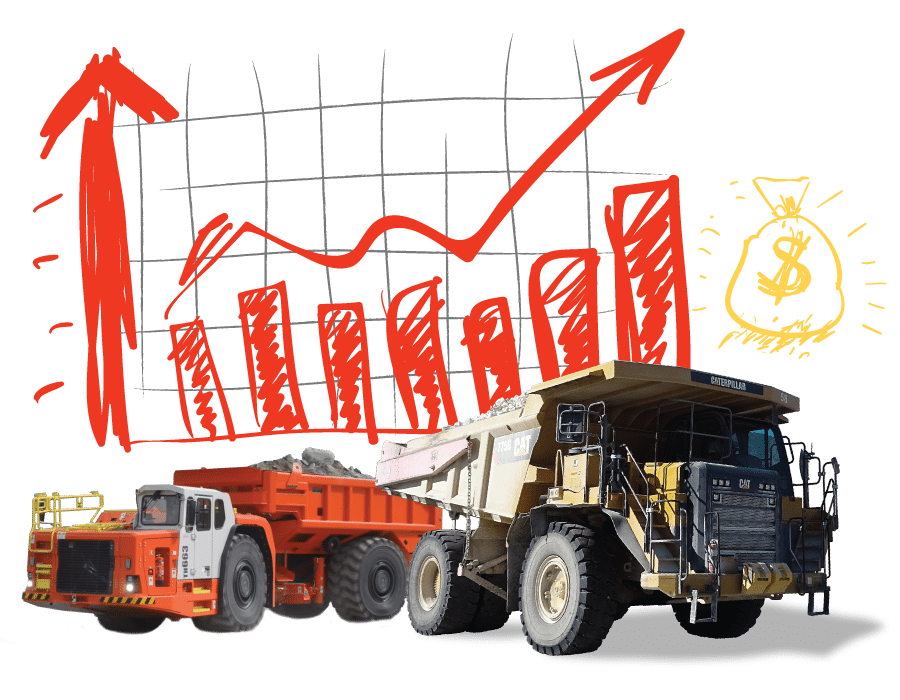
*Loadscan is the only company worldwide to have achieved trade certification approval for truck volume measurements with a load volume scanning system. Our LVS system performs to the same accuracy as per Trade Approval Certificate 1556 (MAPPS NZ) and pattern approval Certificate 13/1/15 (NMI AUS). Loadscan systems are sold as ‘monitor only’ outside New Zealand and Australia but still perform to the same high tested accuracies.
Complete the form below to discover how we can
TRANSFORM YOUR OPERATIONAL PERFORMANCE.
[contact-form-7 id=”15084″ title=”Weight vs Volume Enquiry Landing page”]
